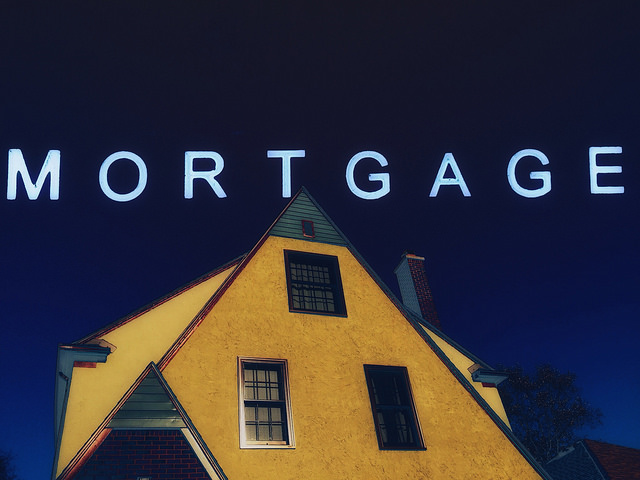According to the Mortgage Bankers Association’s Weekly Applications Survey, average mortgage rates were up again last week across all loan categories, including 30-year fixed-rate loans with both conforming and jumbo balances, loans backed by the Federal Housing Administration, and 15-year fixed-rate loans. The increase brought rates to their highest level in over a year. As a result, refinance demand fell sharply. In fact, refinance activity was down 16 percent from the week before. Demand for loans to buy homes, on the other hand, was relatively flat – though the trend toward higher-balance loans may be an indication that younger buyers are being deterred by rising rates. “The mix continues to shift towards higher balance loans, as the average purchase loan size reached a new survey record,†Michael Fratantoni, MBA’s chief economist, told CNBC. “First-time buyers and buyers of lower priced units may have stepped away from the market to some extent given the jump in rates.†The week’s results include an adjustment for the Thanksgiving holiday. The MBA’s weekly survey has been conducted since 1990 and covers 75 percent of all retail residential mortgage applications. More here.













